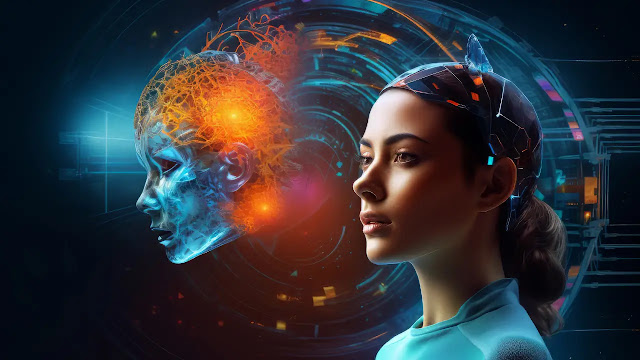What Are Generative AI Hallucinations and Why Do They Happen?
Generative AI hallucinations refer to instances where AI models like ChatGPT or other large language models produce outputs that sound plausible but are factually incorrect or entirely fabricated. These hallucinations can range from subtle factual errors to completely made-up information, often delivered with high confidence, making them harder to detect.
There are many AI hallucination examples across different domains—ranging from medical misinformation to false historical data. In some cases, the results can be oddly humorous or bizarre, leading to a growing list of funny AI hallucination examples that go viral online. These moments, while entertaining, also highlight the risks of relying solely on AI-generated content without verification.
One well-known source of these issues is ChatGPT hallucination examples, where users have documented instances of the AI creating fake research papers, citing non-existent studies, or generating imaginary quotes. These cases show how generative models can sometimes prioritize language fluency over factual accuracy.
So, what causes AI hallucinations? They stem from how these models are trained—on massive datasets from the internet, which may include inaccuracies. The AI doesn't truly understand context or truth; it predicts text based on patterns. As a result, it may invent answers that "look right" but are actually wrong. Understanding these limitations is key to using generative AI responsibly and effectively.




Comments
Post a Comment